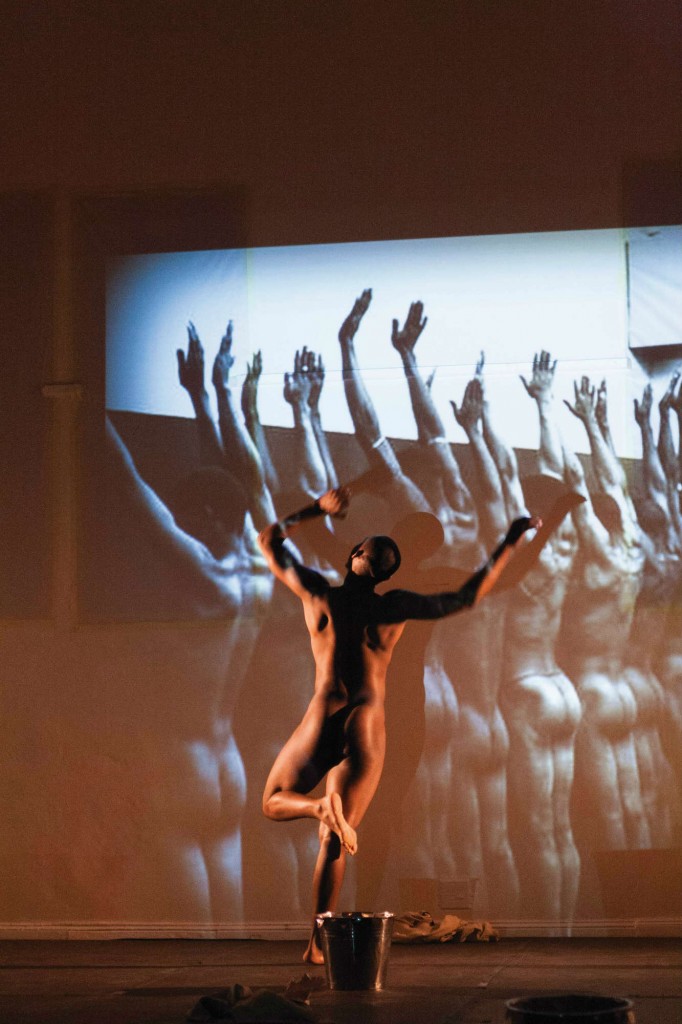A Conversation with South African Dance Critic Robyn Sassen
BY EMMALY WIEDERHOLT
I sat down with South African Theater and Dance Critic Robyn Sassen to talk about our impressions on the state of dance at the Festival and in South Africa in general.
RS: While I cannot possibly boast to have comprehensively seen the whole contemporary dance program – main, fringe and arena – at this year’s festival – cherry picking and taking pot luck from the programme revealed several choreographers whose work I had not seen before, and a number of young dancers doing beautiful and sometimes not very beautiful things. But generally, I feel that dance at the festival slipped between the two proverbial stools that a lot of contemporary dance in the rest of South Africa slips between: there’s a lack of narrative focus that would be understandable to a lay audience member. And there’s a tendency to belly-button gaze: the work slips quickly into the self-indulgence and the impossibly abstract.
EW: I would, for the most part, agree. It is symptomatic of dance in general to be self-indulgent and abstract. Dance feels good to do, but that doesn’t necessarily translate into something that is enjoyable to watch. I’m curious though what you think about the idea of a national dance identity. I spoke with a college dance student who is very concerned about finding a South African dance identity that doesn’t necessarily follow Western trends. There is no traditional African dance on the main program this year. Several pieces are thematically South African, but in terms of the steps and technique there is a noticeably Western bent. Is this because traditional dance tends to be replicative and not new? Or is there an inherent bias?
RS: There has been in the past several very earnest attempts at forming a specifically South African dance language which draws from both Africa and the West. Dancer/choreographer/dance company originators Martin Schönberg (Ballet Theatre Afrikan which has since closed), and Sylvia Glasser (Moving Into Dance Mophatong) as two examples were very focused on doing this, before it was acceptable (or even legal) to do this, but contemporary dancers in South Africa would consider that distinction passé or parochial as the attempt to redefine themselves as just dancers and not African specifically has been very fierce, through apartheid. MIDM has been very formative in grounding many dancers, including Fana Tshabalala, Thabo Rapoo, Vincent Mantsoe, Greg Maqoma and others, who have grown in leaps and bounds from these clear distinctions. Something else to bear in mind in reading contemporary South African dance is the fact that we were under a cultural embargo during apartheid, which meant that our thirst for exposure to what was happening in dance in the rest of the world went unquenched. Performance artists like Steven Cohen essentially made himself up as he went.
EW: I think it’s an interesting question: is it important to root an art form in locale? Are Americans and Europeans worried their dance isn’t American or European? Aside from a few ethnic traditions, not really. Influence is inevitable and even desirable. And yet God forbid the whole dance world dance the same. I suppose it would be more up to curators than individual artists to ensure a programme was representative of many different dance sectors. Overall though, I am rooting for a specifically South African dance. And I think it is on its way there but maybe has a bit further to go.
Photo courtesy Cue Newspaper

